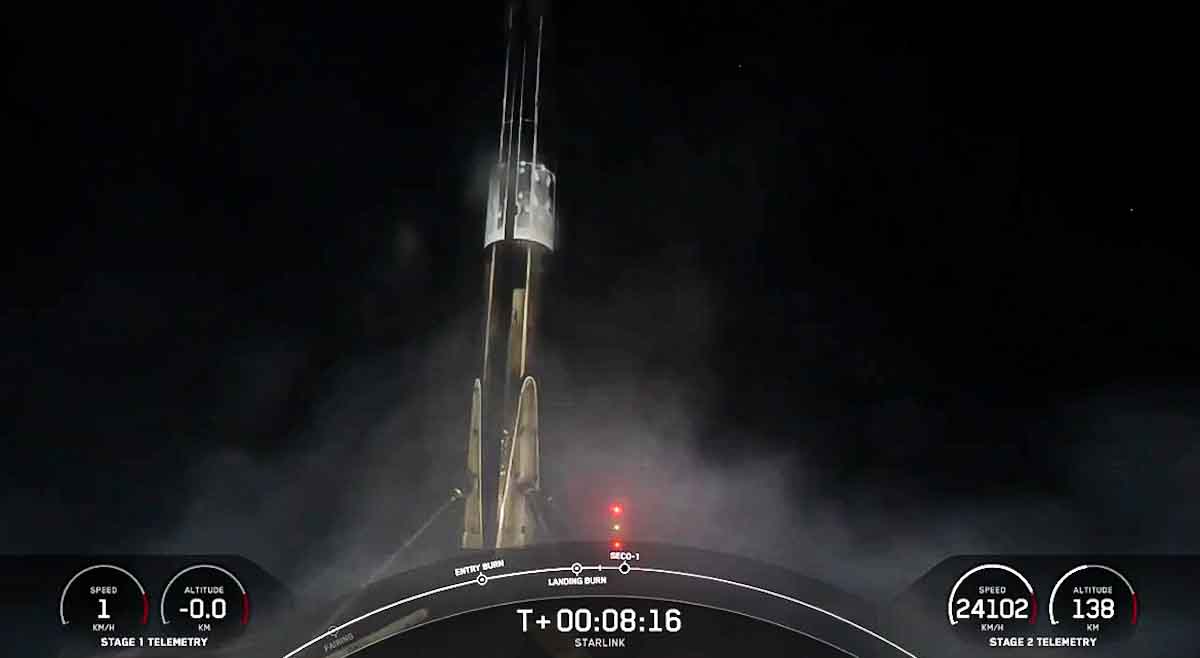SpaceX has once again achieved a historic milestone in spaceflight. The Falcon 9 rocket successfully landed on the autonomous droneship A Shortfall of Gravitas (ASOG) after completing its 26th launch and landing.
This marks the first time an orbital-class rocket has flown and landed 26 times, further solidifying SpaceX’s dominance in reusable rocket technology.
Falcon 9 lands on the A Shortfall of Gravitas droneship, completing the first 26th launch and landing of an orbital class rocket pic.twitter.com/x18IxIGtNk
— SpaceX (@SpaceX) February 15, 2025
A New Benchmark in Rocket Reusability
Falcon 9 has long been a workhorse for SpaceX, setting multiple records for the most flights by a single booster. This latest launch underscores the company’s progress in achieving rapid and cost-effective space travel. By recovering and reusing boosters multiple times, SpaceX significantly reduces launch costs and makes space more accessible.
Mission Details
- Rocket: Falcon 9 (Booster B1061)
- Launch Site: Cape Canaveral, Florida
- Landing Platform: A Shortfall of Gravitas (ASOG) – an autonomous droneship stationed in the Atlantic Ocean
- Mission Objective: Deployment of Starlink satellites into orbit
After liftoff, the Falcon 9’s first stage completed its designated burn and separated from the second stage. It then executed a controlled descent, using its grid fins and landing legs to touch down precisely on ASOG.
The success of this landing showcases the reliability of SpaceX’s landing technology, making booster recovery a routine achievement.
Significance of the 26th Landing
The ability of Falcon 9 to complete 26 flights and landings is a remarkable feat in aerospace engineering. It demonstrates the durability and efficiency of SpaceX’s reusable rockets, setting a new industry standard.
This achievement brings SpaceX closer to its goal of fully reusable rockets, a key factor in the company’s long-term vision for Mars colonization and deep-space exploration.
What’s Next?
With each successful reuse, SpaceX gathers valuable data to enhance rocket longevity and performance. The company is also focusing on the upcoming Starship missions, which aim to take reusability to the next level.
Meanwhile, Falcon 9 continues to serve as a reliable launch platform for various payloads, including Starlink satellites, commercial missions, and NASA projects.
SpaceX’s relentless innovation continues to push the boundaries of space travel. The 26th successful launch and landing of Falcon 9 is another step toward a future where spaceflight is more frequent, affordable, and sustainable.
